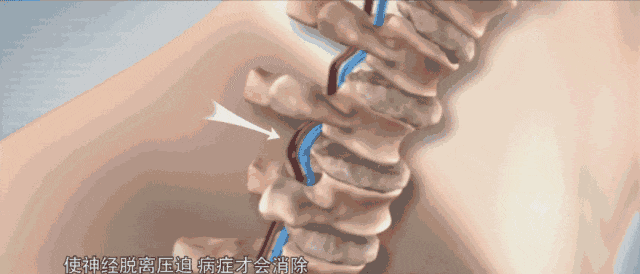The cauda equina, located inside the vertebral canal below the conus medullaris of the spinal cord in our body, can lead to cauda equina syndrome when compressed or injured.
Patients may experience a series of symptoms including lower back pain, sciatic pain, sensory disturbances in the perineal area, urinary and bowel dysfunction, sexual dysfunction, weakness in the lower limbs, and foot drop.
Cauda equina injury is also known as cauda equina syndrome or cauda equina neural syndrome.
So, what are the specific classifications of cauda equina syndrome?
Cauda equina injury is primarily divided into complete and incomplete injuries.
Complete injury may lead to urinary retention and severe bowel dysfunction, while incomplete injury may result in reduced urinary function or partial loss of rectal function.
Although patients with incomplete injuries may retain the ability for voluntary urination, complications such as urgency, frequency, hesitancy, or reduced sensation in the urethra may still occur. Some male patients may also experience issues related to sexual dysfunction.
In addition, cauda equina injury can be classified into acute and chronic forms.
Patients with acute injuries may initially experience lower back pain and sciatic pain, gradually developing symptoms such as urinary retention, needing external assistance for bowel movements, loss of sensation in the perineal area, weakness, flaccidity, and cold intolerance. This is usually caused by significant lumbar disc herniation or direct or indirect injuries to the cauda equina due to accidents or traumatic fractures.
In contrast, chronic injury patients typically experience this due to degenerative changes in the lumbar spine or spinal canal stenosis. The onset may be gradual, with early symptoms possibly being mild, but later various symptoms may arise, such as lower back pain, radicular pain in the distribution area of the sciatic nerve, or bladder pain, as well as radicular sensory disturbances.
As the condition progresses, patients may gradually exhibit symptoms such as muscle weakness, atrophy, sensory disturbances, and sensory loss in the perineal area.
Cauda equina nerves are categorized within peripheral nerve injuries but differ from peripheral nerves. Peripheral nerves are protected by multiple layers of continuous connective tissue, while the cauda equina only has a single layer of endoneurium, making it more susceptible to mechanical compression and injury. This results in a series of neurological dysfunctions, including reduced or lost sensory innervation of the bladder, rectum, and sexual functions.
Although neurological dysfunction may improve after the onset of cauda equina syndrome, it can still severely impact the patient’s quality of life and restrict the normal life of some patients.
Traditionally, cauda equina syndrome is classified into types such as bilateral radiculopathy, neurogenic bladder dysfunction, and urinary retention. However, in the early stages of the disease, some patients may not exhibit symptoms in these classifications but may only show subjective or objective evidence of sensory disturbances in the perineal area. This type of patient may belong to the early cauda equina syndrome group.
Magnetic resonance imaging can effectively display the occupancy of the vertebral canal and clarify the compression of the cauda equina tissue.
Therefore, for patients with a history of lower back pain or sciatic pain, if new bladder dysfunction appears, it is advisable to conduct an emergency MRI examination to avoid delaying the early diagnosis of cauda equina syndrome.
Even if the MRI shows no significant compression, if the symptoms are consistent with cauda equina syndrome, patients should seek timely symptomatic treatment.


